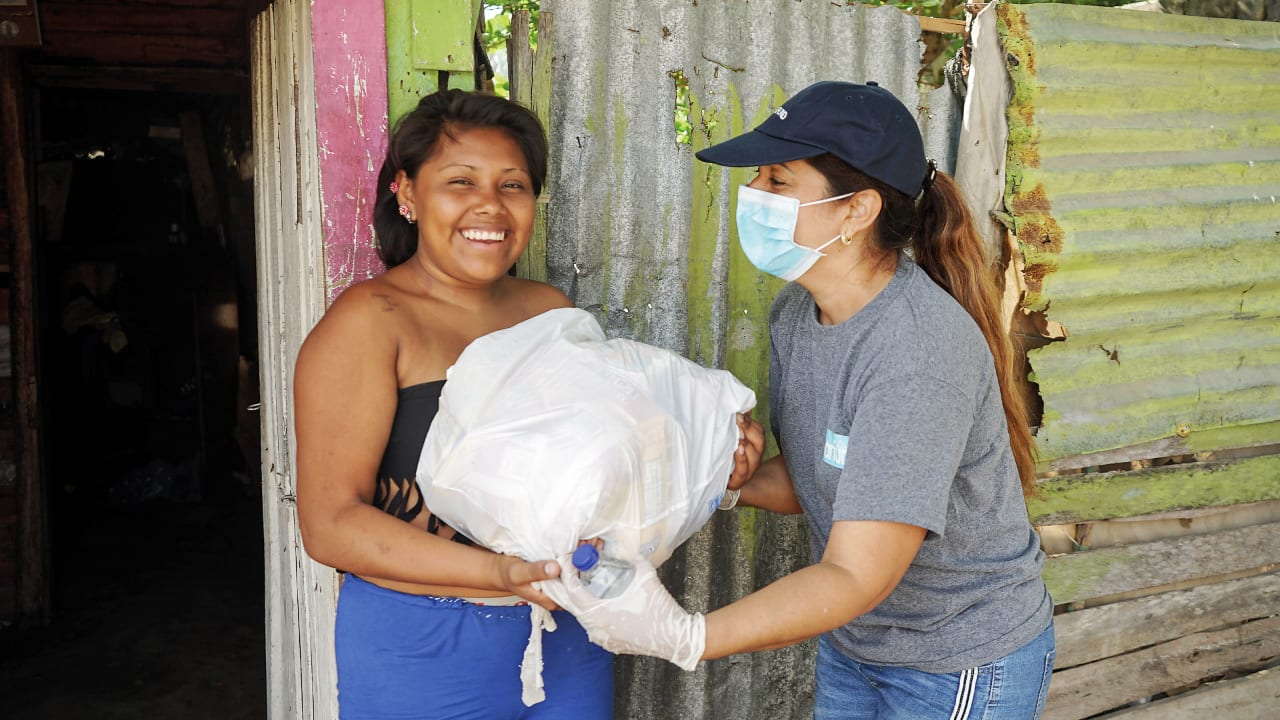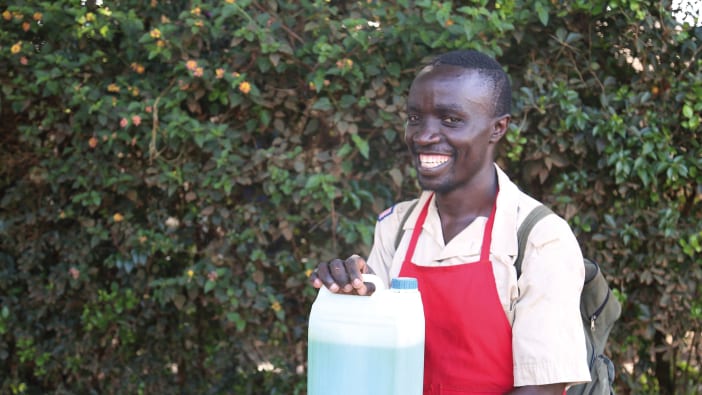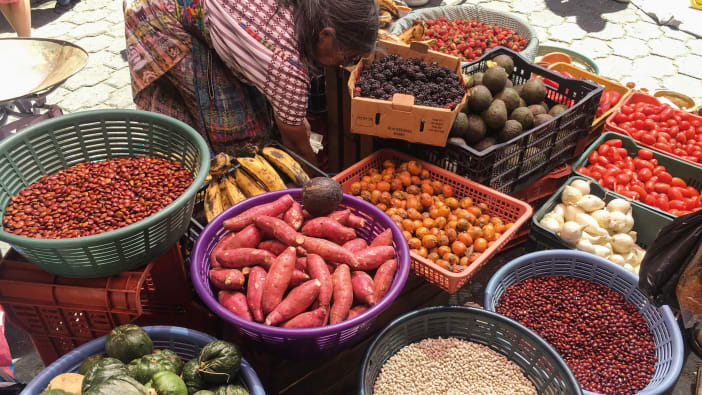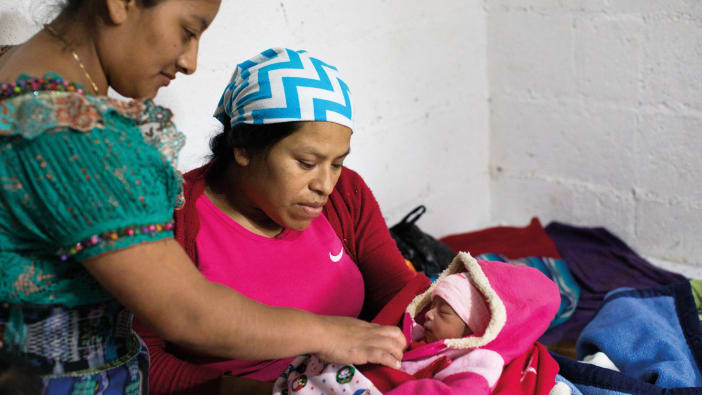In one way or another, the tiny virus that causes Covid-19 has affected us all.
Starting in late-2019, many country borders, schools, transport links and businesses were closed in an attempt to halt the spread of the disease. Towns and cities fell silent as millions of people were told to stay at home and large gatherings were cancelled. People became fearful for their health and the health of loved ones. Disruption to food supplies, education and jobs has affected economic security and physical and emotional well-being. Sadly, many lives have been lost.
During this pandemic we have seen first hand how quickly a disease can spread from person to person, and the devastation it can cause. We have also seen how communities can work together in new ways for the common good.
Person to person
Covid-19 is one of many communicable diseases. This means it is caused by an infection that can spread from person to person, sometimes without any physical contact. Not all infectious diseases can spread in this way. For example, tetanus does not pass from person to person.
Non-communicable diseases, such as high blood pressure, strokes, diabetes and cancer, are not caused by infections and cannot spread from person to person. You can read more about non-communicable diseases in issue 87 of Footsteps.
Impact
Like most challenges the world faces, such as famines, war and floods, it is nearly always the poorest, most vulnerable and less informed who suffer the most. For people who are already struggling to feed themselves and their families, a serious illness such as Ebola or tuberculosis can push them into deeper poverty if they are unable to work or access medical care.
Other impacts include:
Pressure on facilities
During an outbreak of an infectious disease such as Covid-19, health facilities may be overwhelmed and many consultations and operations cancelled. It is essential that, wherever possible, people who become unwell with other serious illnesses such as cancer or heart disease still continue to seek and receive the early diagnosis and treatment they need. Children should also still receive their important vaccinations.
Mental illness
Health and financial concerns, as well as separation from community and family members, can have a negative effect on mental health. Pre-existing conditions may worsen, or people may experience anxiety, depression and other conditions for the first time.
Abuse
Being told to stay at home for long periods can increase the risk of abuse for both adults and children. Such abuse may go unnoticed if schools, workplaces and other places of safety are closed.
Stigma
This is a common side effect of serious infectious diseases, particularly ones that communities do not fully understand such as Ebola and Covid-19. False news, conspiracy theories and hostility towards people who are trying to help combat the disease often make the situation worse. The rejection experienced by people who become ill can be worse than the disease itself.
Response
Times of crisis often encourage communities to come together in new ways to support each other and protect the most vulnerable. New alliances are formed as people work together to fight a common threat.
For example, by affecting virtually every country, Covid-19 has stimulated societies and scientists to cooperate rather than compete, speeding up the development of new systems and medical solutions. The hope is that this will lead to greater trust and mutual support within and across nations in the longer term.
In any society there are certain groups of people who not only help during times of crisis, but who are well placed to lead and help shape the future.
Social entrepreneurs
This is a large and growing number of people who emerge as leaders and innovators during a crisis. Their self-grown and community-owned societies, groups, clubs and enterprises bring support, encouragement and hope.
Faith groups
Present in virtually every community in the world, during difficult times people of different faiths often come together in cooperation, friendship and mutual understanding. This was evident during the Ebola epidemic in West Africa when the intervention of faith leaders led to a breakthrough in community acceptance of the disease.
These groups are able to provide valuable support to governments, while also holding them to account. As a result, they are well placed to help countries and communities become less dependent on long-term outside support.
The role of the church
As members and leaders of congregations we have the opportunity to support people affected by infectious diseases. But we must make sure that we do not do more harm than good.
- We must not consider illness to be a judgement on any person, community or country. Jesus specifically argued against this (eg John 9).
- We must not believe that prayer alone will replace science and guarantee a cure. God does protect and heal, and prayer does make a difference. Yet we are his hands and feet, and it is vital that we play our part, acting upon the advice of experts and setting a good example.
We can find gentle ways of leading with compassion, kindness and love. Not alone, but working alongside people of all faiths and none. As we reach out into our communities to support others during times of great need, we can truly be the salt and light that Jesus taught us about in the Sermon on the Mount (Matthew 5:13–16).
Final words
My final three words are kindness, collaboration and creativity. We should put kindness first, work joyfully together and think creatively and prayerfully about how we can help build strong and healthy communities.










